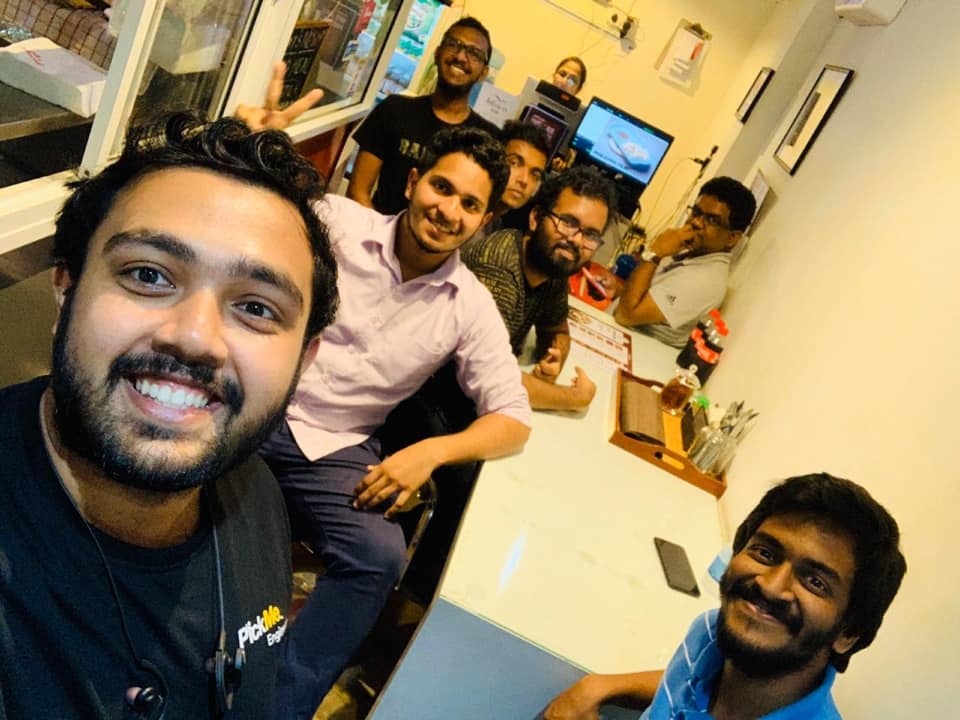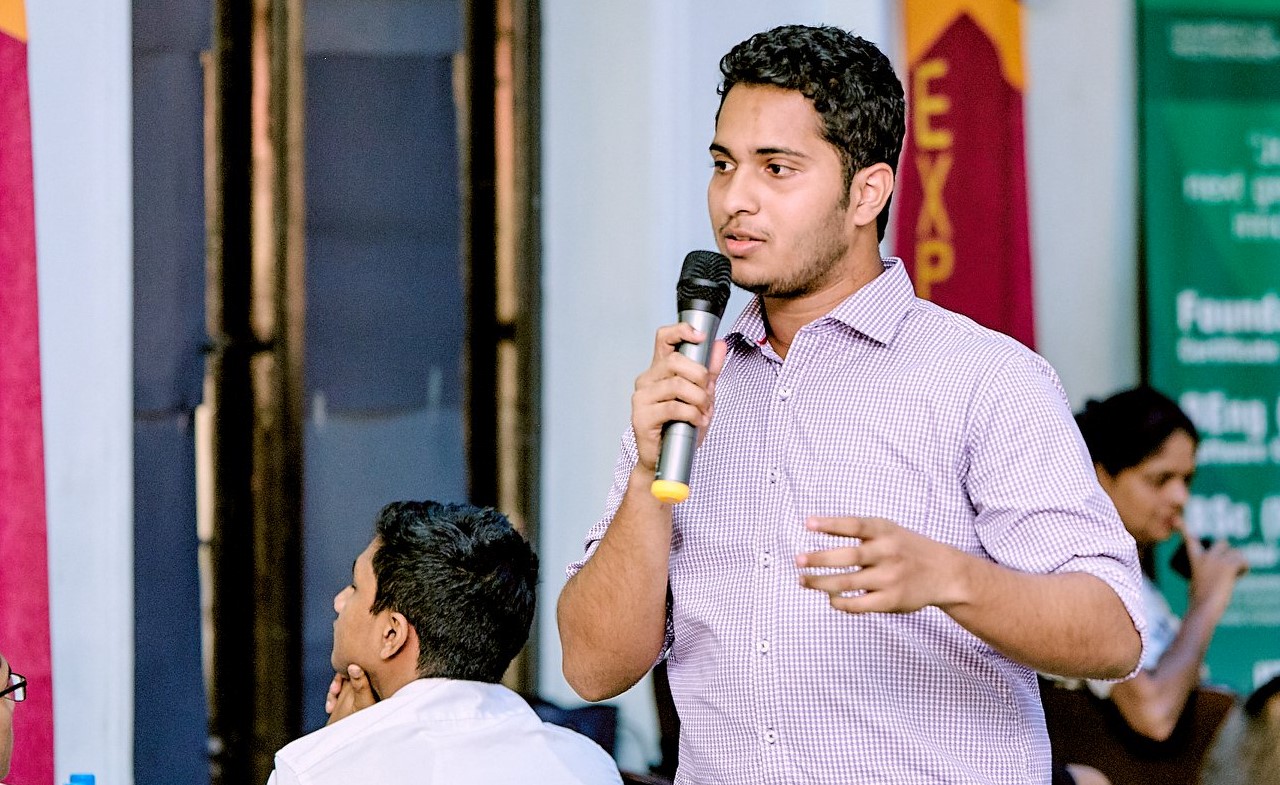Biography
I am Mohamed Ayoub doing my M.Phil. in Computer Science in the Department of Computer Science at the
University of Nottingham on a scholarship from the Faculty of Science.
Although I started out as a student in software engieering in 2016, since 2021 my focus has been on reducing
the carbon footprint of the planet using machine learning, and using computer science researches on agriculture
to solve the food crisis. For the past couple of years, I have been fixated learning more about the biodiversity
potential of forests, looking at both conservation and restoration.
Pronunciation: Ayoub say “ice cube” without the “c”s.
Current work: Working on my M.Phil research on using machine learning to tackle climate change.





